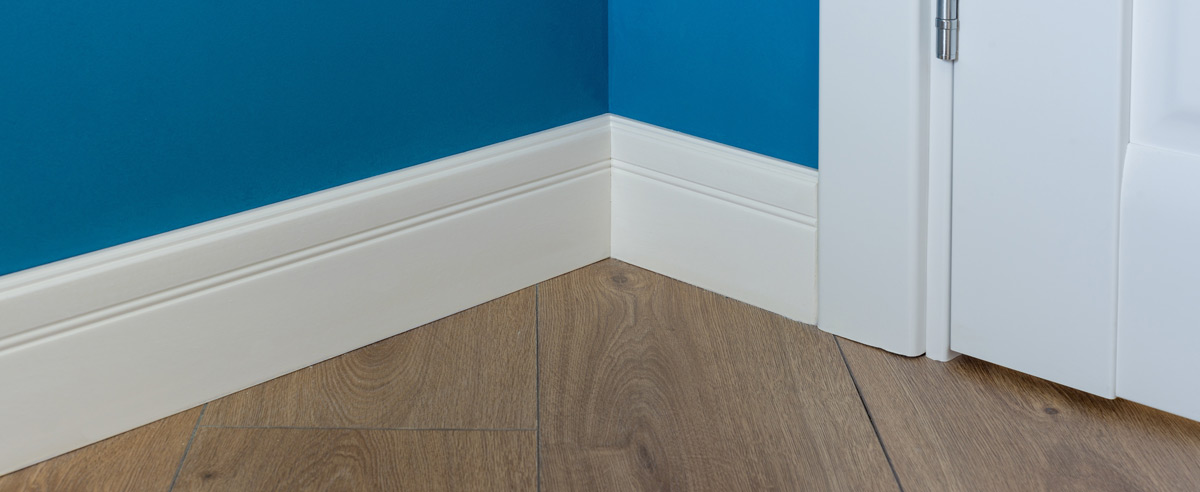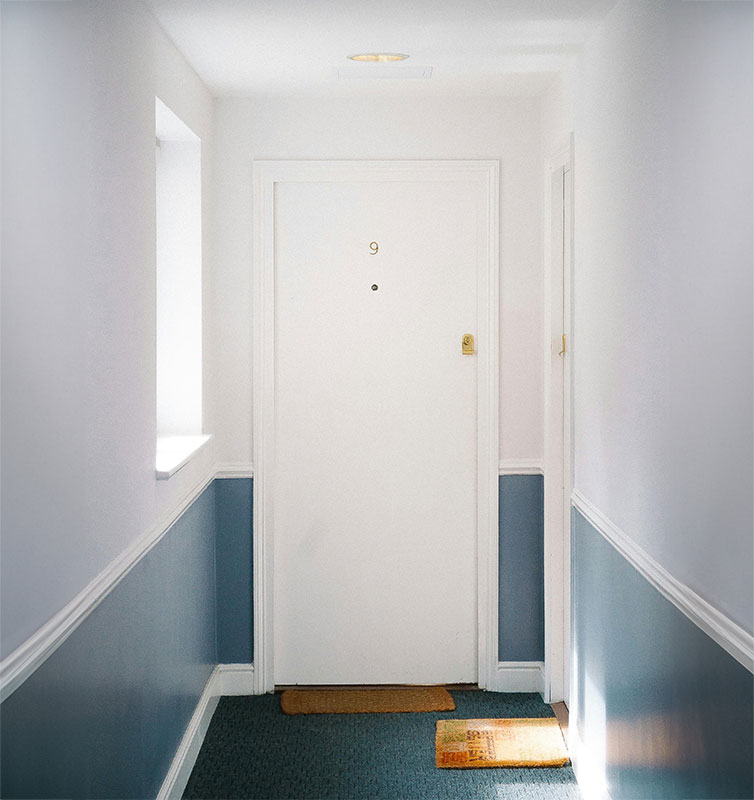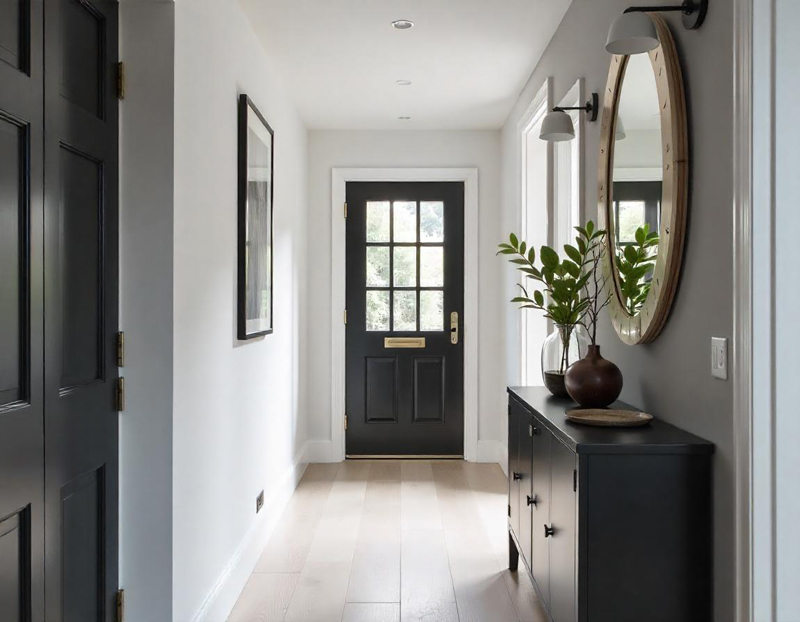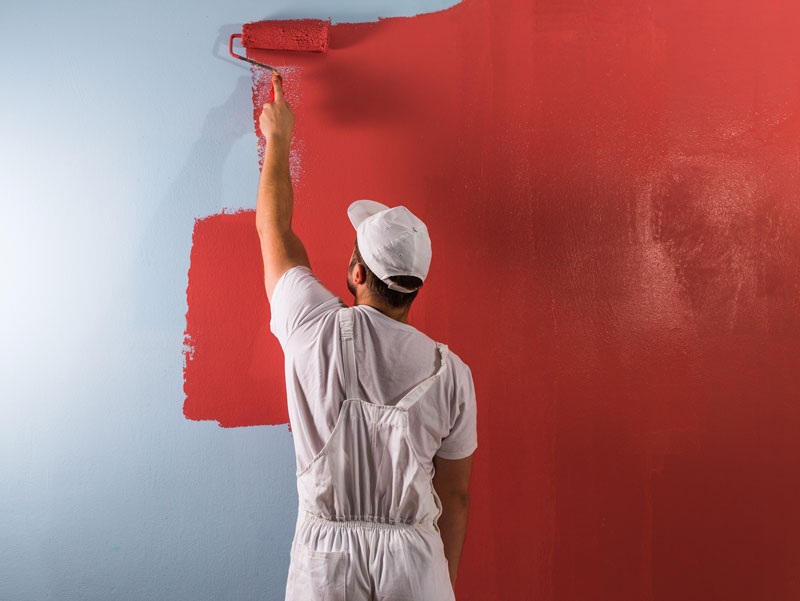It’s worth saying that painting woodwork is one of those home improvement tasks that will greatly improve the look of any room. From worn-out trims to doorframes and architrave, skirting boards and window casings or adding a touch of color, one needs to be careful in their preparations and method to come out with a professional-looking paint job. Every single step from cleaning and sanding the surface to applying an even coat of the proper type of paint has a crucial role in achieving a smooth and long-lasting result.
In this guide, we'll walk you through the entire process, offering tips and tricks to help you transform your woodwork with confidence and precision.
Materials You'll Need:
- Sandpaper (120 and 220 grit)
- Tack cloth or damp cloth
- Painter's tape
- Drop cloths
- Primer (if needed)
- Paint (latex or oil-based, depending on your preference)
- Paintbrushes (2-inch angled brush recommended)
- Paint roller (optional, for larger areas)
- Paint tray
- Putty knife
- Wood filler (for holes and imperfections)
- Caulk (for gaps)
- Caulking gun

Step 1: Prepare the Area
1) Empty the area: Remove any furniture or objects surrounding the woodwork.
2) Cover surfaces: To protect floors and surroundings from paint splatter use dust sheets/drop cloths.
3) Use painter’s tape: this will help you to mask off anything that should not be painted like walls adjacent to the woodwork or hardware..
Step 2: Clean the Woodwork
1) Wipe down the woodwork: Wipe down the woodwork using a damp cloth, removing dust, dirt, and grease. For stubborn grime, a mild soap solution can be used.
2) Dry thoroughly: Ensure that the wood is completely dry before moving on.
Step 3: Sand the Woodwork
1) Lightly sand the surface: Use 120-grit sandpaper to remove the glossy finish, ensuring the paint adheres better.
2) Smooth the surface: After sanding, switch to 220-grit sandpaper for a smooth finish.
3) Clean off dust: Use a tack cloth or a damp cloth to remove all sanding dust.
Step 4: Repair Any Damage
1) Fill holes and cracks: Use wood filler for holes and imperfections. Apply with a putty knife and let it dry according to the manufacturer's instructions.
2) Caulk gaps: Apply caulk to any gaps between the woodwork and the wall. Smooth it with your finger or a caulking tool and allow it to dry.
Step 5: Prime the Woodwork (if necessary)
1) Apply primer: If the woodwork is bare wood, stained, or a dark color, apply a coat of primer. This ensures better adhesion of the paint and even coverage.
2) Allow drying: Let the primer dry completely as per the manufacturer’s instructions.
3) Light sanding: Once the primer is dry, lightly sand the surface with 220-grit sandpaper and remove any dust.
Step 6: Paint the Woodwork
1) Stir the paint: Thoroughly stir the paint to ensure even color and consistency.
2) Cut in edges: Use a 2-inch angled brush to paint the edges, corners, and detailed areas first. This is known as "cutting in."
3) Paint large areas: Use the same brush or a small roller for larger, flat sections of the woodwork.
4) Apply thin coats: It’s better to apply two thin coats rather than one thick coat for a smooth finish.
5) Allow drying between coats: Follow the paint manufacturer's instructions for drying times between coats.
Step 7: Final Touches
1) Inspect the work: After the paint is dry, check for any missed spots or imperfections.
2) Touch up as needed: Apply any necessary touch-ups and allow them to dry.
3) Remove tape: Carefully remove the painter’s tape before the final coat dries completely to avoid peeling off any paint.
Step 8: Clean Up
1) Clean brushes and rollers: Use water for latex paint or mineral spirits for oil-based paint to clean your brushes and rollers.
2) Dispose of materials properly: Safely dispose of any used materials, like paint cans or drop cloths.
Tips:
- Choose the right finish: For woodwork, a semi-gloss or satin finish is typically recommended as it’s durable and easy to clean.
- Work in a well-ventilated area: Ensure good ventilation while painting, especially if using oil-based paints or primers.
- Test your paint color: Before committing, test the paint in a small, inconspicuous area to ensure you’re happy with the color.
By following these steps, you can achieve a professional-looking finish on your woodwork.
FOR THE BEST PAINTING AND DECORATING IN LONDON PLEASE CALL OUR FRIENDLY TEAM ON 020 8949 2553




